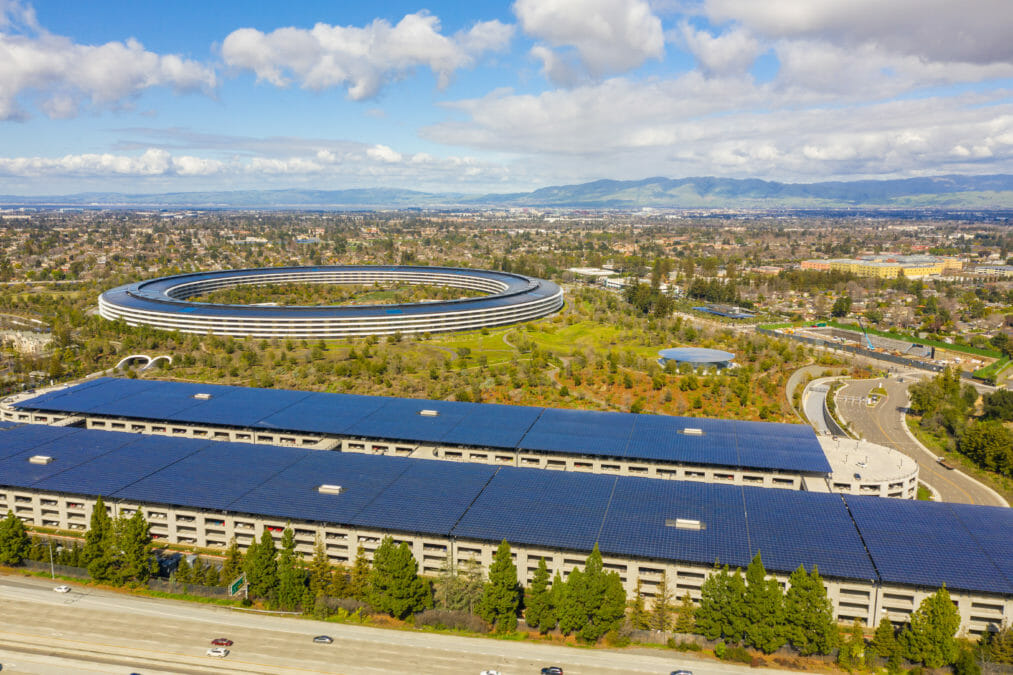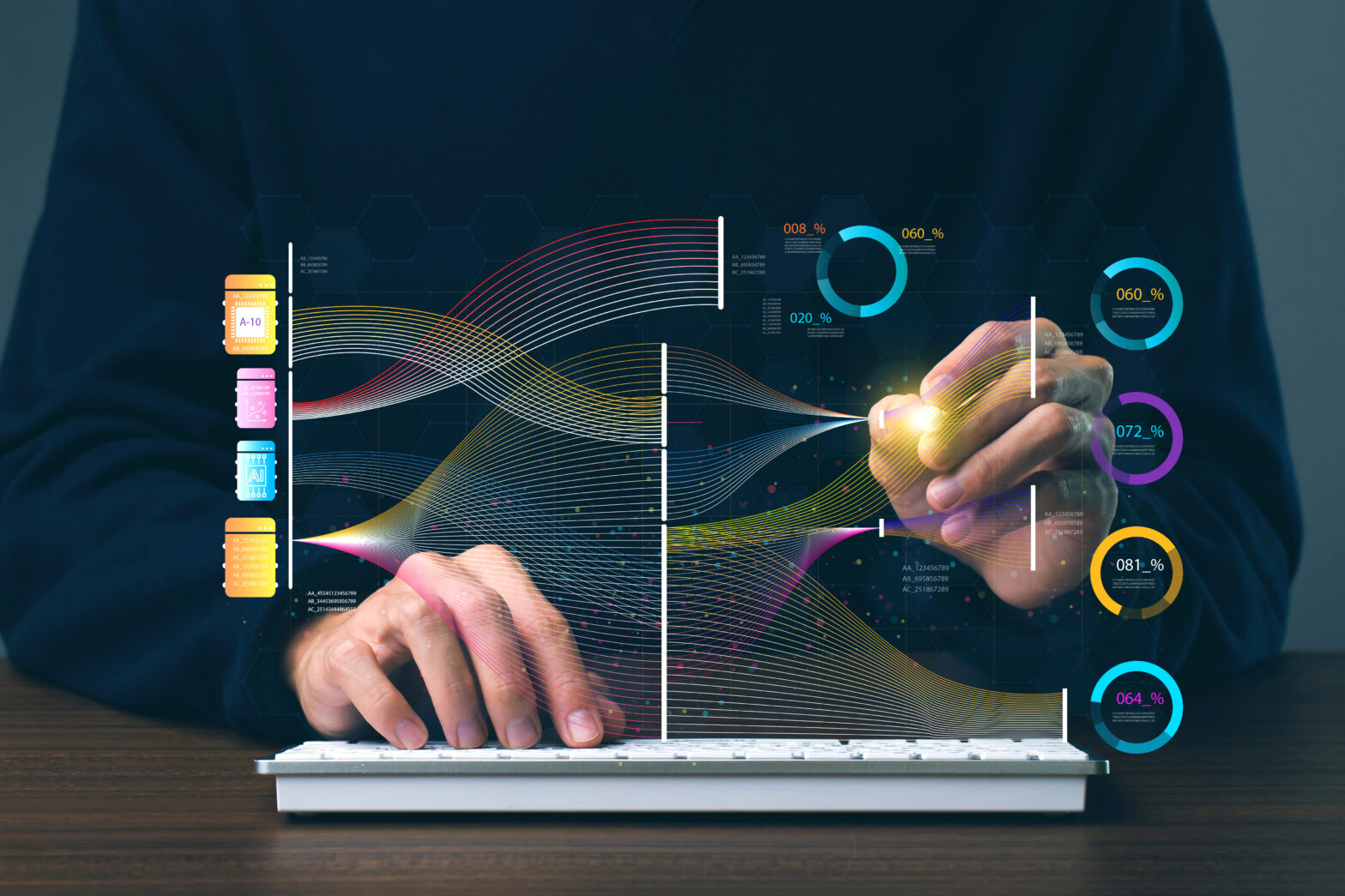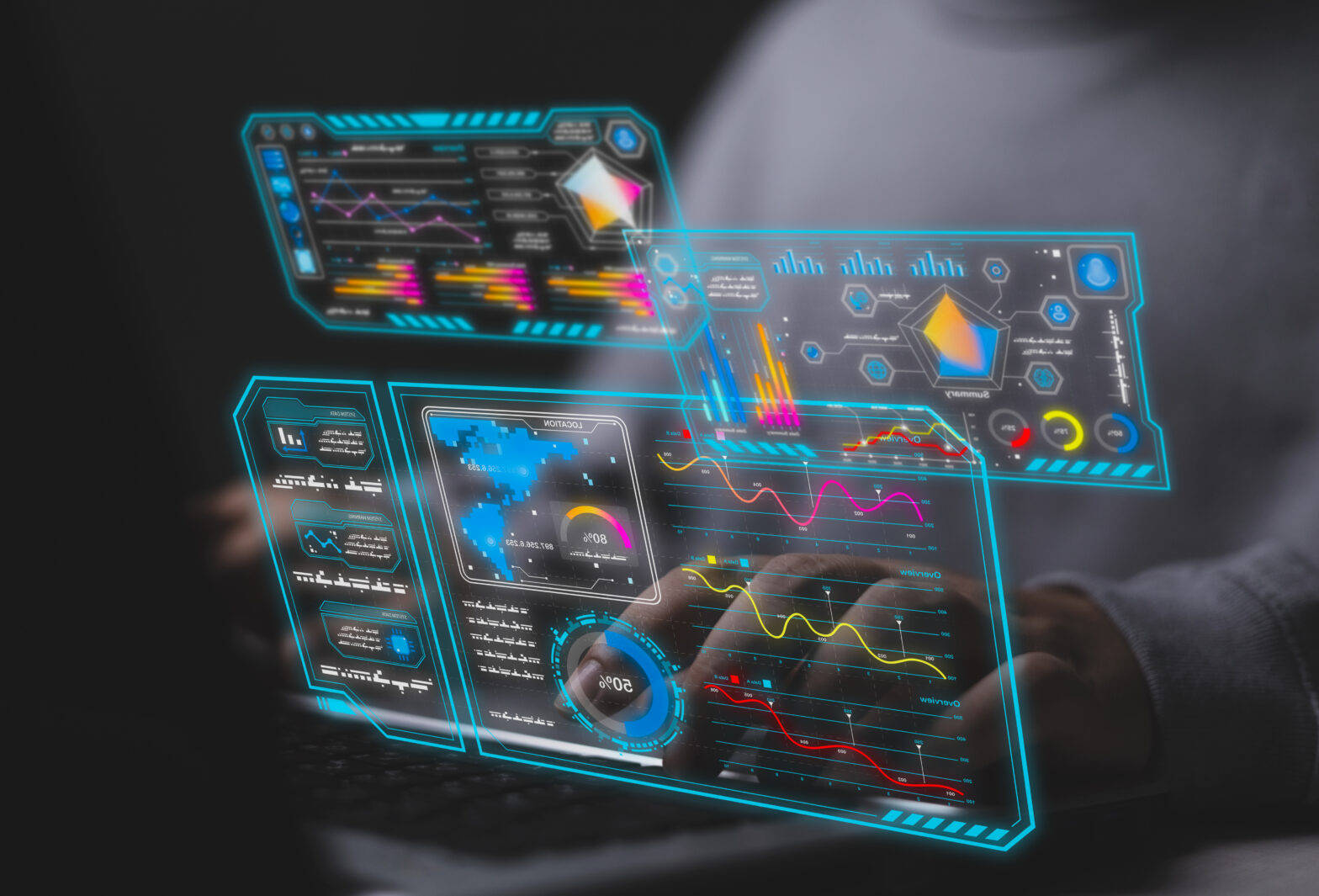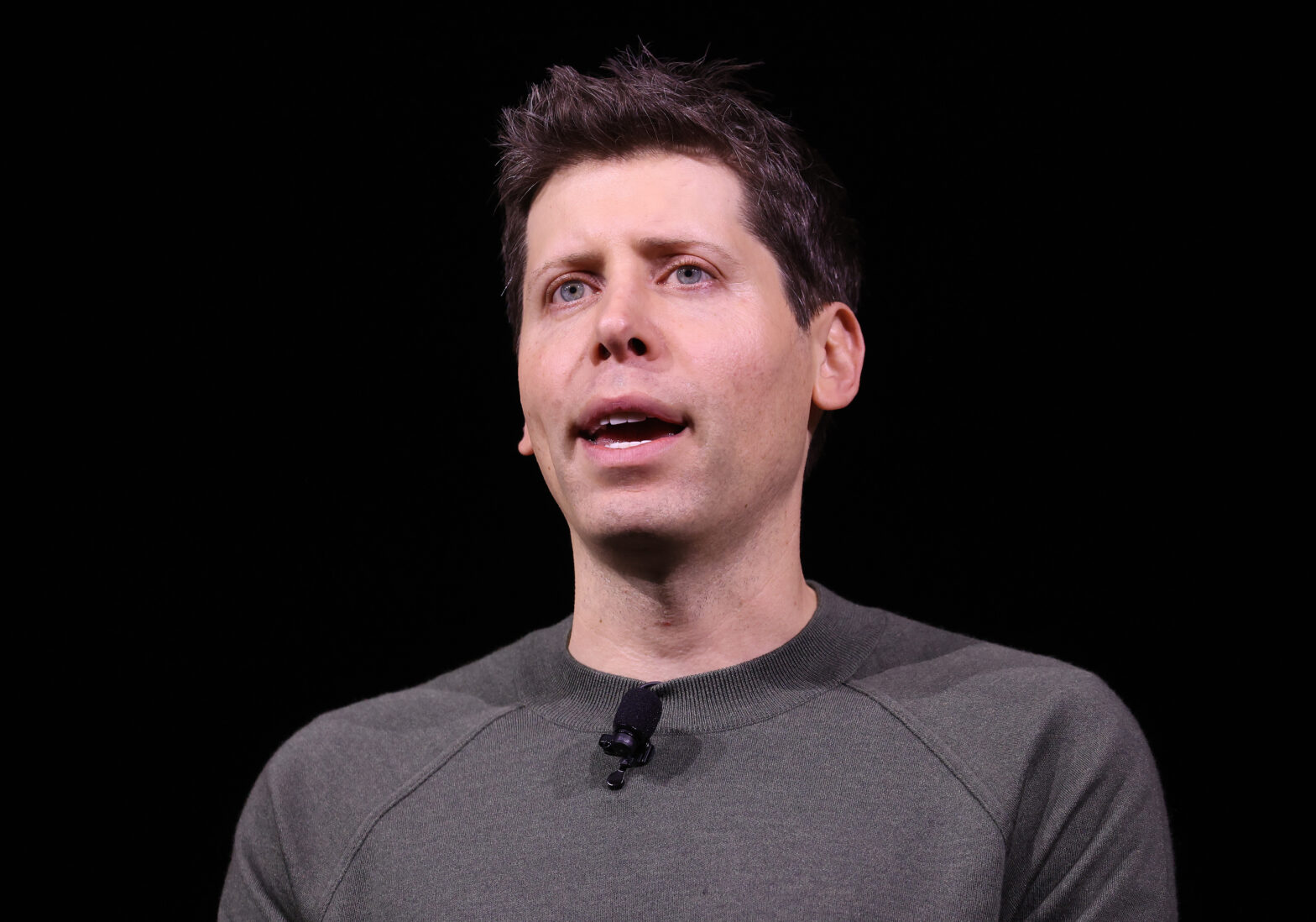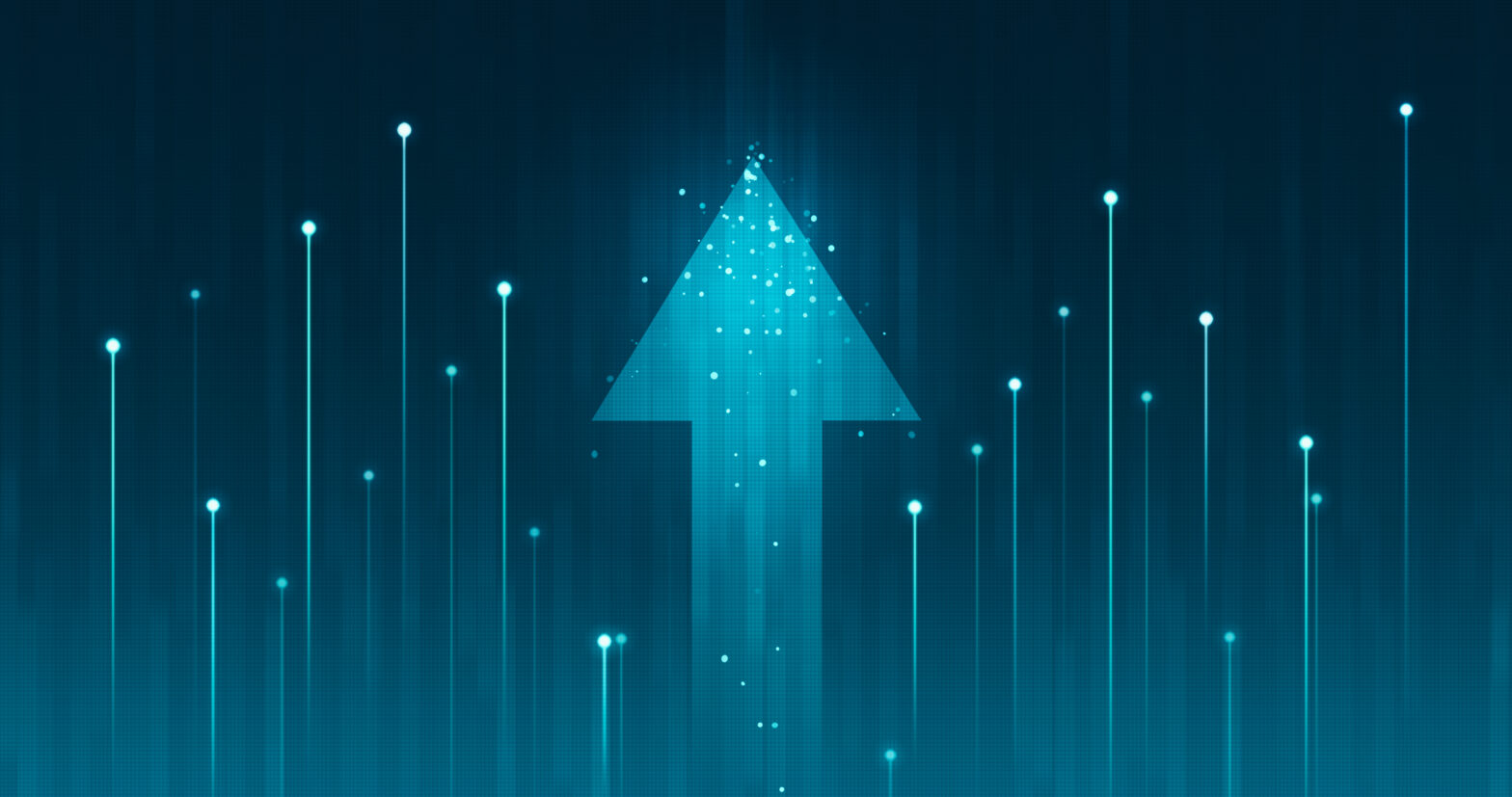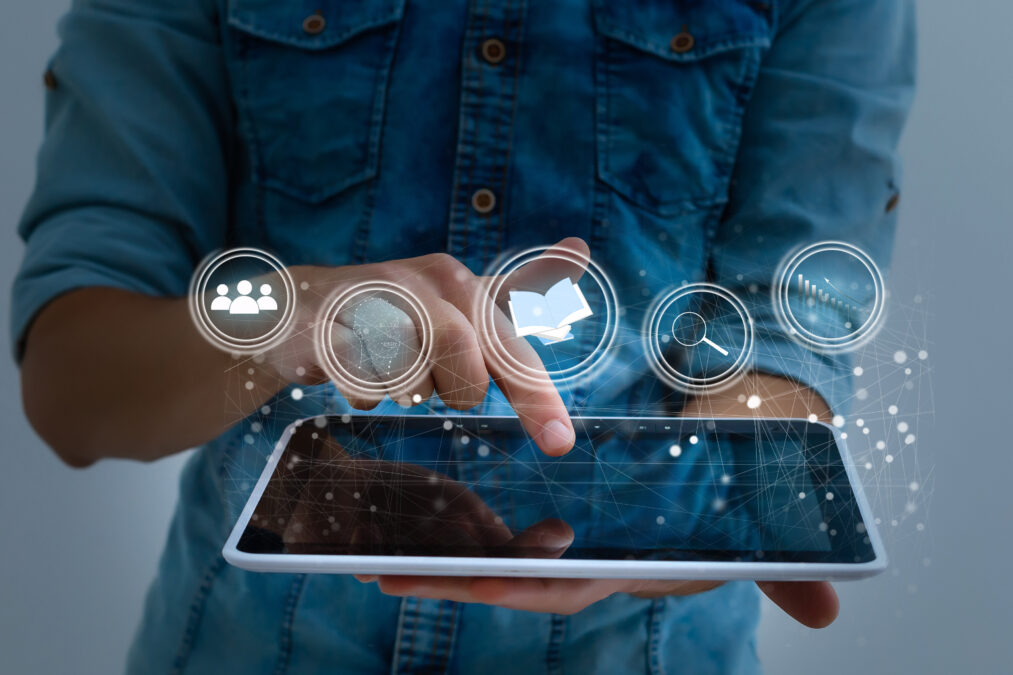Yesterday’s Apple ‘Hi, Speed’ event marks an initial jump into 5G for the corporation, as predicted in the lead-up, with CEO Tim Cook stating that “5G will bring a new level of performance for downloads and uploads, higher quality video streaming, more responsive gaming, real-time interactivity and so much more”.
The new iPhone line features four handsets of varying sizes: iPhone 12; iPhone 12 Pro; iPhone 12 Pro Max; and iPhone 12 Mini.
While the iPhone 12 will start at £799 in the UK, available from the 23rd October, the iPhone 12 Pro, available from the same date, will start at £999.
The iPhone 12 Mini and Pro Max, the smallest and largest models in the series, will both be available from the 13th November, and will start at £699 and £1,099 respectively.
Alongside 5G support, another first that was established was the announced absence of chargers and headphones, a move that looks to reduce environmental impact.
Ripple CTO discusses role challenges and carbon neutrality goal
“Apple shared an interesting decision to remove the power adapter, a positive step towards environmental sustainability that, according to Apple, will save 2 million metric tons of carbon,” said Russ Ernst, executive vice-president, products and technology at Blancco.
“Blancco applauds this move and sees an opportunity for Apple to continue this momentum by also embracing the secondary device market. Trade-ins have the potential to boom due to the introduction of the iPhone 12, the market’s first 5G iPhone.
“While there are limiting factors in terms of demand with the current economic climate, the relative affordability of the iPhone 12 and the features and efficiencies that it provides may be a turning point for trade-ins right now. Both manufacturers and carriers should focus on incentivising and easing the process for customers to reduce waste and maximise recycling and reuse of devices.”
Carrier partnerships
When considering what yesterday’s Apple launch could mean for the smartphone and secondary device markets, it’s important to take notice of the company’s relationships with operators such as Verizon, said Biju Nair, president & CEO of HYLA Mobile.
“Yesterday’s Apple launch event is significant for the smartphone and secondary device market—and not just because Apple has launched its first set of 5G devices,” Nair explained. “We can’t ignore that the only ancillary offering that was mentioned at any point during the event was trade-ins, and there are a number of reasons why so much focus was put on trade-ins.
“Verizon’s participation in the event was an important move for Apple; Apple has positioned the proliferation of 5G networks as one of the important reasons for consumers to upgrade to its latest set of devices.
Global 5G connections to reach 3.6 billion in 2025 — CCS Insight
“Trade-ins will be a significant contributor to the super cycle that our carrier partners, and industry analysts, are expecting as a result of yesterday’s launch. During the event itself, Apple called out promotions it is running with Verizon when trading in an iPhone X, where an iPhone 12 would cost as little as $15 per month. Apple has also partnered with AT&T to offer trade-in promotions, where an iPhone 12 can cost a consumer just $6 per month—both carriers are also offering a $30 discount, waiving the activation fees.
“Apple’s carrier partnerships have always been integral to its success, but the renewed focus on carrier partnerships at yesterday’s launch is crucial for encouraging upgrades. For its latest devices, it is allowing customers to buy directly from Apple, and process trade-ins via its carrier partners, so consumers can get the benefit of the best possible trade-in offers — something it has never done before, and something that will contribute massively to upgrades and the super cycle.”
Telcos playing catch-up
While deals between Apple and its carrier partners may play a vital role in operations, Daniel Valle, chief technologist EMEA at World Wide Technology, has stated that telcos have some catching up to do if 5G is to be truly effective.
“Apple’s latest device launch is arguably the biggest 5G consumer moment to date,” said Valle. “Yet unusually for Apple, a company known for its closed ecosystem, it is the external companies setting the pace of change. A 5G iPhone means that one of the product’s key selling points is now dependent upon external companies: the telecoms operators and the app developers.
“Consumers are undoubtedly excited about the prospect of blazing-fast operating speeds. However, we aren’t there just yet. Whilst companies, such as EE and Vodafone, are investing heavily in 5G infrastructure, capabilities are still limited, and the market is fragmented. Operators must invest in edge computing, virtualisation and more to deliver the next-generation services made possible with 5G.
Unlocking the potential of edge computing
“Similarly, current mobile apps are built for 4G infrastructure, and aren’t yet configured to leverage increased bandwidth and decreased latency. The owner of a new 5G iPhone will not yet have instantaneous Netflix streaming or augmented reality gaming. The burden is on developers to update these applications to take advantage of new infrastructure, such as 5G-enabled edge computing.
“We may see some short-term disappointment from consumers. In essence, today’s announcement is asking customers to future-proof their purchase; to invest now and wait for the lightning speeds promised by 5G.”


